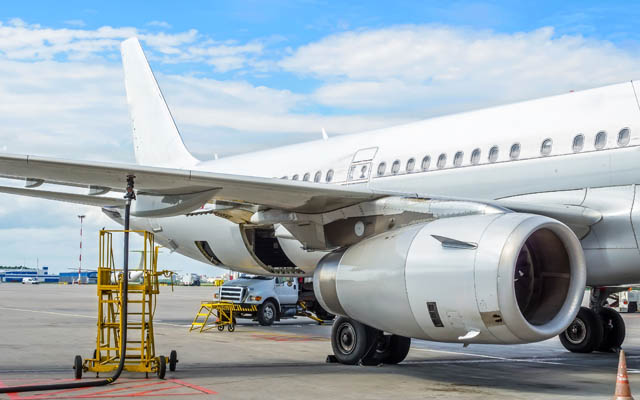A jet fuel deficiency in Japan is hampering the operation and expansion of international flights and threatening to curb the rapid growth of inbound tourism that has seen 17.8 million visitors arrive during the first half of this year.
The shortfall is caused by supply chain bottlenecks and a lack of domestic vessels, lorries and labour. As Japan has been consolidating its oil refineries in recent years, the fuel has further to travel by ship and truck, but rules require such ships to be manned by Japanese crews and regulations enacted in April limit overtime hours for truck drivers.

With 35 million foreign travellers expected in 2024, which would surpass the record 31.9 million who arrived in 2019, the Japanese government has launched a multi-pronged plan to tackle the fuel deficit. It is designed to help prevent further disruption, includes operational difficulties, flight cancellations and the shelving of plans to expand flight numbers and routes.
At Hiroshima Airport, three international flights experienced disruption in their operations in May due to the fuel shortage.
In late June, six airlines scrapped plans to add a total of 57 flights to their weekly schedules at Narita International Airport. Some airlines even reduced the number of seats sold to passengers to carry enough fuel for the return flight, said airport officials.
Korean Air has cancelled charter flights to Obihiro Airport, Hokkaido, in July and August.
Looking ahead to the year-end travel peak, Qantas Airways and Singapore Airlines have cancelled their snow season flights to New Chitose Airport, Hokkaido, over concerns about procuring sufficient fuel for the return journeys.
Five airlines have cancelled plans to add more flights or launch routes through Fukuoka Airport, while Kumamoto Prefecture has reported difficulties in persuading airlines to increase flights at its local airport.
Kyoji Kuramochi, head of the Ministry of Land, Infrastructure, Transport and Tourism’s Aviation Network Department, said the situation poses a particularly serious problem as Japan aims to increase inbound tourism in regional areas.
In response to the shortage, the ministry plans to add more tankers to domestic routes, use spare tankers to transport aviation fuel, and introduce a new method of collecting data from airports to provide fuel suppliers with earlier notifications regarding new routes and flights.
Narita International Airport will accept imported jet fuel for its fuelling and transport facilities, for the first time, in July. Its operator has also asked traders to procure jet fuel directly from overseas refineries by international shipping vessels, rather than stopping at Japanese refineries enroute.
The Petroleum Association of Japan, meanwhile, has called on international carriers to provide supply requests about a year in advance so they can “understand demand and make preparations”.
With the government aiming for a net-zero society by 2050, use of sustainable aviation fuel (SAF) is growing but is yet to be a viable solution. By 2030, SAF is set to account for only 10 per cent of fuel powering international flights using Japanese airports.
Still, airlines are also setting their own targets.
Japan Airlines (JAL) signed an agreement with Enos this month for the purchase and sale of SAF in Japan, making Enos the first domestic oil wholesaler to import SAF and supply it to JAL. The airline aims to replace one per cent of its total fuel load with SAF in fiscal year ending March 2025.











